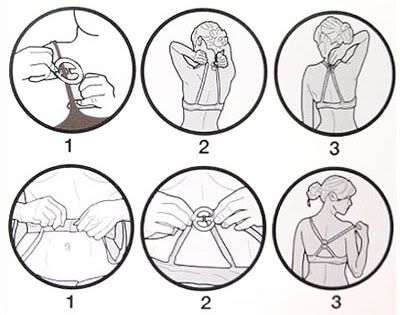WoW! I agree that atleast these people tried to help, but it would clearly appear that they had no training of any kinds, and were relying on the things that they have seen on TV, etc.
The AHA does encourage a "Compression Only" tecnique now, as they say that compressions alone do move adequate air. The bigger push is for the use of AED's. With the immediate application of all compression CPR, and the use of an AED, I have heard of survival statistics of 50% or greater. Keep in mind that CPR, even when performed by Fire Rescue, Etc, has a very low success rate overall. You are buying time when you perform CPR by keeping air and blood moving to the brain and the heart, in hopes that EMS will be onsite soon and get the person to a hospital.
While I do agree that the methods used by these bystanders was not consistent with the best practices, had they done nothing this woman surely would have died. Had someone with training been present, I would like to believe that they would have pushed their way up to the victim and began doing proper CPR. Again, even with a trained professional doing high quality CPR, unless EMS is on the way to get the person to a Hospital, the chances are not great. Drowning victims often require intubation, and most Paramedics are trained to perform this task so getting that call to 911 is equally as important as getting that CPR started and both should be at the top of the list.
If you have a drowning victim, even if you think you can do it yourself, the call to EMS should be made, and I assure you, they will not be upset if they get there and the person ends up being fine. As I said before, it is very common that for longterm survivability and reduction of further harm, that these victims will need to get to a hospital.
Sorry, don't mean to harp on the issue. We take AED/CPR/FR training annually (though good for 2 years) and it is covered over and over throughout the year due to the dangers of our workplace, and the many hours of limited staffing. I am actually looking into the purchase of an AED for my home as well as one to keep in my car, as these devices increase the effectivness of CPR tremendously, are very easy to use, and have come down in price to where they are reasonable.
As always, another $.02




